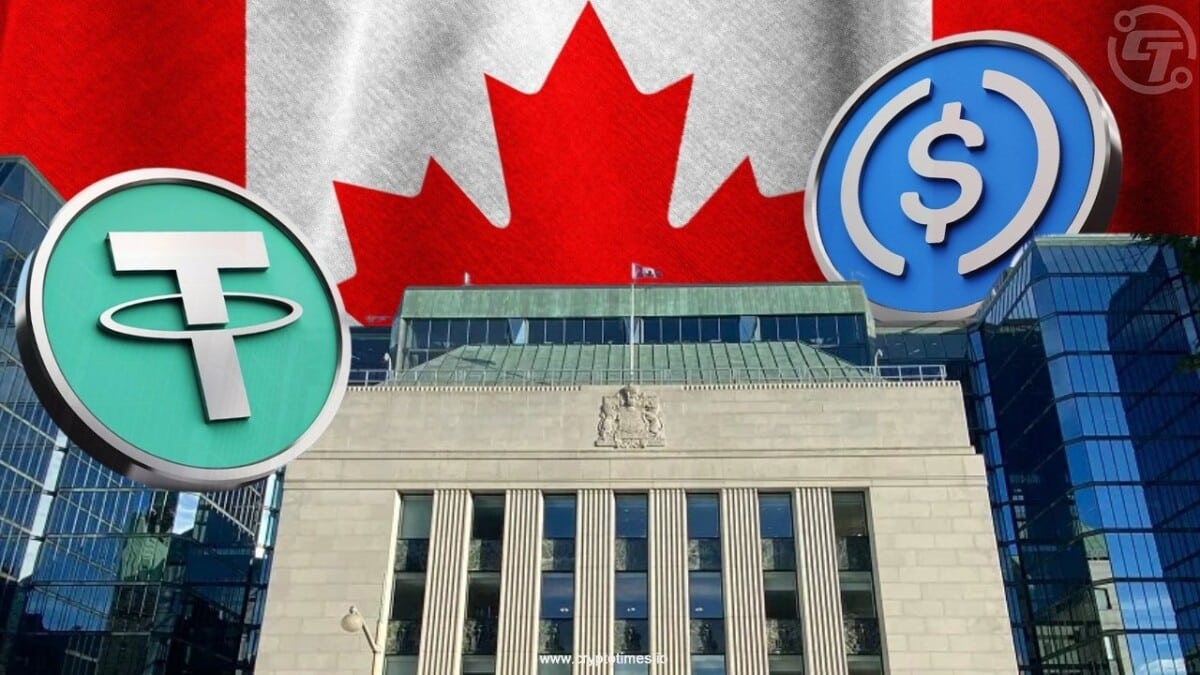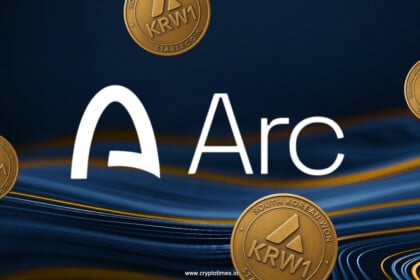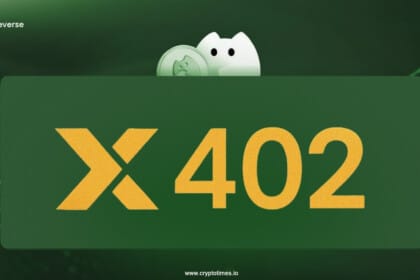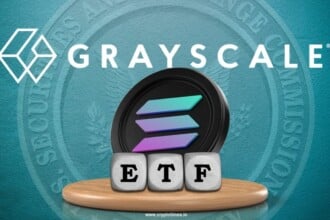The Canadian government is actively working on rules for stablecoins and may reveal a major update in the federal budget on November 4, to be presented by Finance Minister François-Philippe Champagne.
According to Bloomberg, government officials have been holding meetings with regulators and industry groups over the last couple of weeks. Canada still doesn’t have a national rulebook for them, which leaves companies unsure whether they’ll be treated like everyday payment tools or as regulated financial products.
Securities regulators have hinted they might classify them as securities or derivatives, which has left developers and payment firms in a difficult spot. Many of them say stablecoins are used for simple transfers and transactions, not speculation, and the lack of clarity makes it harder to build services around them.
USA’s progress puts pressure on Canada
The United States has already moved ahead with its own rules through the Genius Act. That law gives US regulators direct oversight of stablecoin issuers, including how they manage reserves and follow anti-money-laundering requirements. The clarity has helped strengthen the US as a base for stablecoin businesses.
Some industry voices say Canada needs to move faster or risk losing business to the US. They warn that if the rules remain unclear, investors and capital will migrate to jurisdictions with better-defined policy, reducing activity in Canada’s own financial market.
Analyst concerns
Venture investor John Ruffolo argues that this shift would quietly send Canadian savings into US assets like Treasury bills, since those stablecoins are backed by American government debt. If this happens at scale, it could reduce demand for Canadian bonds and weaken the Bank of Canada’s control over the money supply.
Canadian officials are aware of the risks. Ron Morrow, Executive Director of Payments, Supervision and Oversight at Bank of Canada, has said Canada should seriously consider a federal stablecoin framework similar to other countries. Bank of Canada’s former Deputy Governor Carolyn Wilkins has also pushed for action, saying Canada needs rules that protect trust and competition in digital payments.
However, creating a national framework will be complicated. Canada must coordinate between the federal government, the Office of the Superintendent of Financial Institutions (OSFI), and 13 different provincial and territorial securities regulators. This has slowed decision-making compared with the United States.
Also Read: JPC Inc. Launches Japan’s First Yen-Backed Stablecoin











